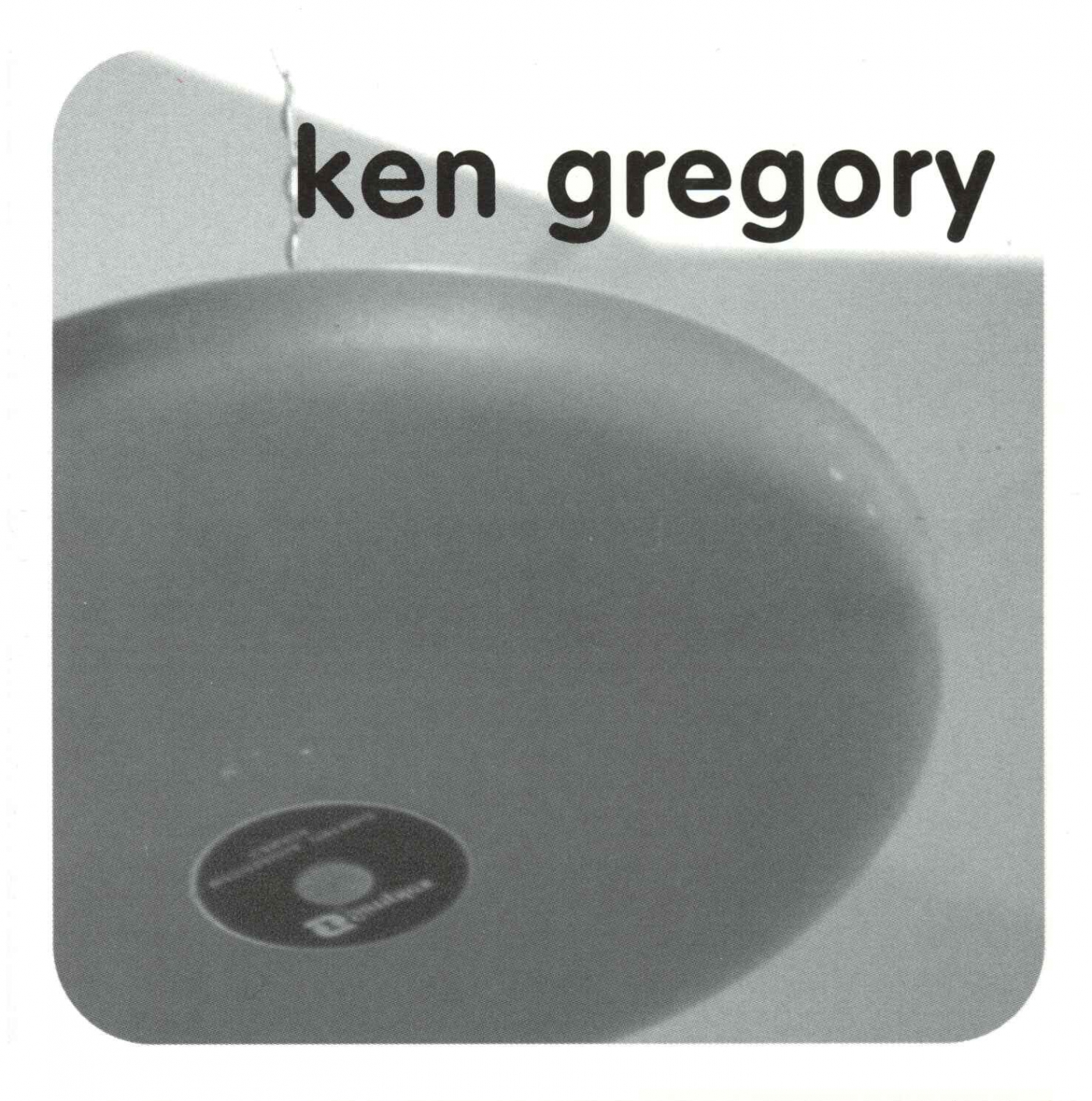Exhibitions and Events
Walk Ways
Curator Stuart Horodner wrote that the exhibition Walk Ways "brings together a selection of works by a diverse group of artists who have focused on the theme of walking, a purposeful or meandering activity that unites bodily and mental freedom.
Michael Fernandes: Performance and Installations
In conjunction with the exhibition Walk Ways, the familiar but elusive Halifax artist Michael Fernandes presented two small installations, Hannah and Sinatra
Reel Dance on the Road: Selections from the 11th Moving Pictures Festival of Dance on Film and Video
Thursday, 13 February - Global Moves
International Showcase featuring short works from the UK, Ireland, New Zealand, the US and the Netherlands.
And Atlantic Shorts TBA
Friday, 14 February - Dance of the Warrior
Dramatically Black
The Dalhousie Art Gallery honours African Heritage Month with four films that are in fact adaptations of stage-plays written by or about African-Americans and West Africans.
3 February - To Be Young, Gifted And Black
Michael Schultz, USA, 1972, 90 minutes
The Rise and Fall
Montreal-based artist Shelley Miller transformed the ceiling of the New Media Gallery using hand-carved aluminum cake pans. Reminiscent of traditional tin ceilings, this installation took on the appearance of an ornate vaulted ceiling more common to a Romanesque cathedral. For the last few years, Miller has been transforming everyday domestic materials (especially culinary items) into elegant and often monumental forms.
Feature Films Directed by Canadian Women
In recent decades, feature films directed by Canadian women have taken their place on the world stage. The following selection includes dramas and documentaries from a variety of regions of Canada -- films that are by turns fascinating, funny, frightening, classic, nostalgic, tragic, daring and inspiring -- by women with diverse cultural and linguistic backgrounds.
22 January - Bye Bye Blues
Anne Wheeler, Alberta/British Columbia, 1989, 116 minutes
The Prints of Betty Goodwin
Organized by the National Gallery of Canada, this exhibition surveyed the printmaking work of prominent Canadian artist Betty Goodwin, from her early figurative etchings and wood block prints, through her well-known iconic vest series, to her latest printmaking experiments. Throughout her career Goodwin has mixed traditional printing techniques and materials with a variety of unconventional methods, often combining several processes in one print.
The 49th Annual SSFA Exhibition
OPENING RECEPTION: 12 December, 8 PM
Our annual celebration of the creativity of students, staff, faculty and alumni of Dalhousie and King’s College, in painting, graphic art, photography, mixed media, video, sculpture and crafts welcomes your artwork for this exhibition, which makes no distinction between amateurs and professionals.
Cycles
We were pleased to collaborate with the Centre for Art Tapes (CFAT) for the presentation of Cycles, curated by Ælab, an artist research and communication unit (Montréal).
Abstract Painters Then
What was it that made those historic abstract artists so different, so appealing...? This program takes a look at the New York Abstractionists of the 1950s and '60s, at some of their European predecessors, and at two Canadian counterparts, offering a broader critical context for the exhibition hungry eyes (recent abstract painting from New York and Toronto).
23 October - Painters Painting
Emile de Antonio, USA, 1972, 116 minutes






